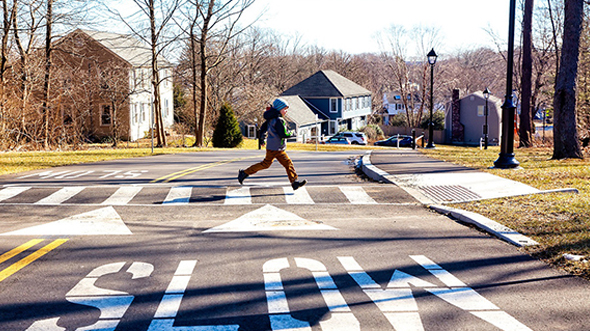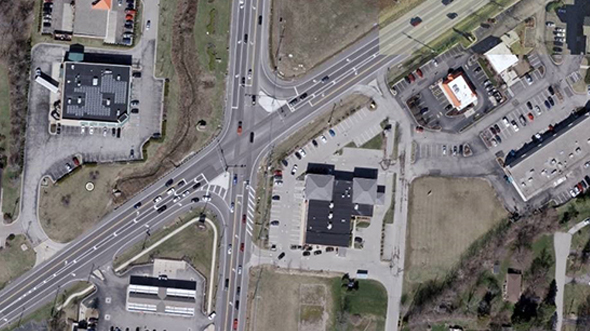
BLOG
—
Ramifications of Reduced Traffic Volumes for Engineers, Planners During COVID-19
If you’ve driven anywhere in the past six months, you might have noticed something—or rather, a lack of something: traffic.
During the COVID-19 pandemic, traffic volumes have dropped precipitously as the population faced shelter-in-place restrictions and restricted travel before settling into a prolonged work-from-home dynamic. Independently collected data compiled by the Institute of Transportation Engineers has shown significant reductions in traffic volumes, most notably in the earlier stages of the crisis. Florida statewide traffic volumes dropped between 30% and 50% from March 10 to April 7, Iowa statewide volumes reduced by approximately 40% for the same general period, and San Francisco vehicle-miles traveled dropped between 30% and 40% between December 2019 and March 2020. These cases reflect the nationwide trend of having drastically fewer vehicles on the road.
Reduced traffic volumes have had corollary benefits. In addition to improved air quality, with fewer vehicles on the road, traffic accidents and crash-related injuries also have dropped. Per a report by the University of California, Davis Road Ecology Center, during the first three weeks of California’s shelter-in-place order, traffic crashes and related injuries and deaths decreased by more than 50%, saving the state approximately $1 billion over that period. However, in terms of fatalities per miles driven, the National Safety Council estimated a 36.6% year over year increase in April 2020. Thus, while the reduction in traffic has led to an overall decrease in crashes, the rate of fatalities per vehicle has increased because speeding has increased with more open roads.
These changes also have presented challenges for traffic personnel in planning and engineering projects. A major component of traffic work involves projecting future traffic volumes, a process that requires counting the current roadway network. With the reduced congestion that COVID-19 has presented, state agencies have been forced to introduce policies to account and calibrate for the reduction. The Ohio Department of Transportation’s Modeling and Forecasting Section of the Office of Statewide Planning and Research developed a three-phase process:
- Defer counts until traffic patterns return to near normal.
- If counts cannot be deferred, use existing pre-COVID counts.
- Where historical counts are not available and counts cannot be deferred, follow the calibration process developed by the Modeling and Forecasting Section.
In terms of funding for roadway infrastructure projects, state and local agencies have had mixed responses to the COVID-19 environment. With more people working from home and fewer people driving, funds generated from fuel taxes and tolls have decreased, shrinking the budgets of many state departments of transportation and resulting in delays to planned projects. Conversely, projects that have already been funded have been accelerated to take advantage of the minimized disruption to traffic by roadway construction.
In addition, city planners and engineers have had to adapt to and plan for increased mobility as walking and biking has escalated during social distancing. One alternative included deploying open streets or closing streets altogether to create a safe environment, a practice which many cities have adopted.
The COVID-19 pandemic has had numerous ramifications across the transportation industry, some of which may have long-lasting impacts. Like the rest of the world, traffic engineers are adapting to the ever-changing landscape. Our only hope is that there will be a smoother path for us all around the bend.



